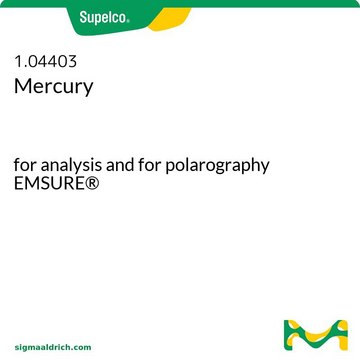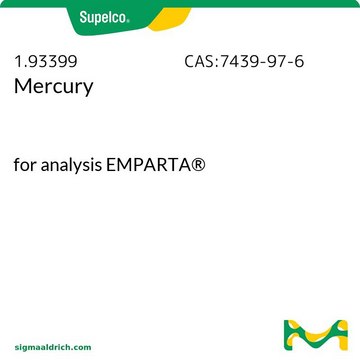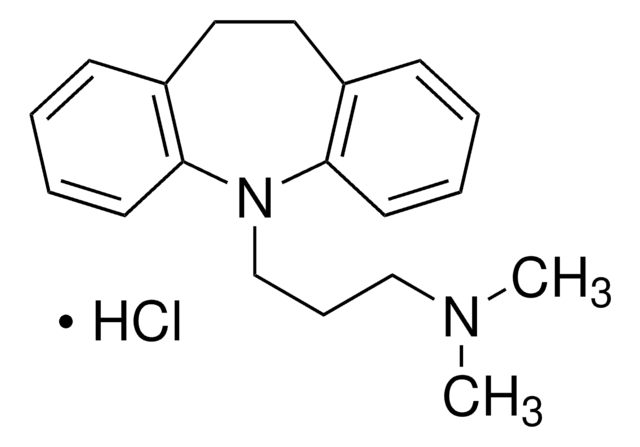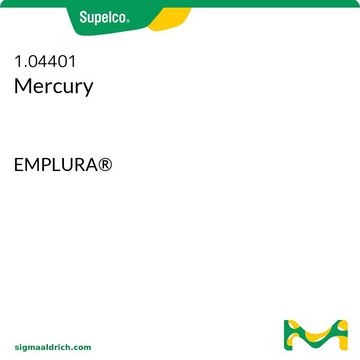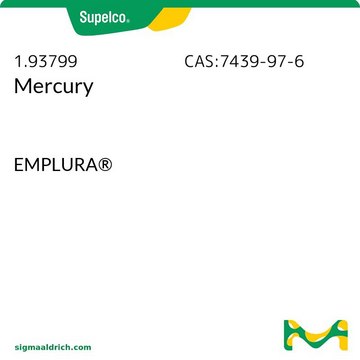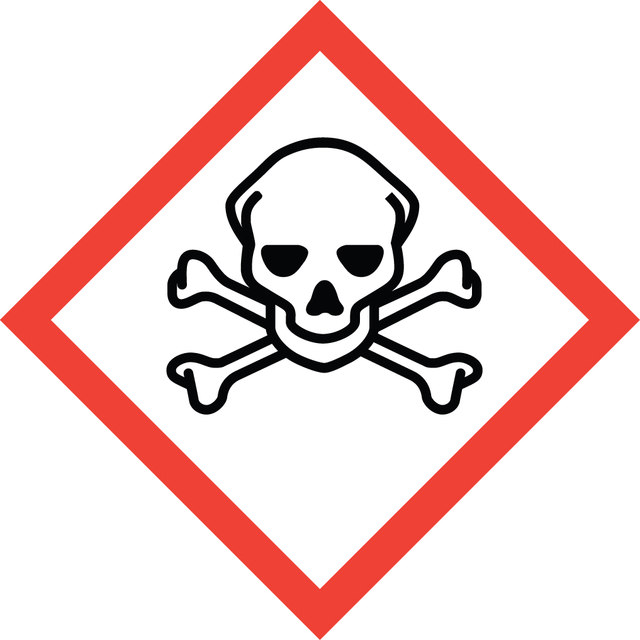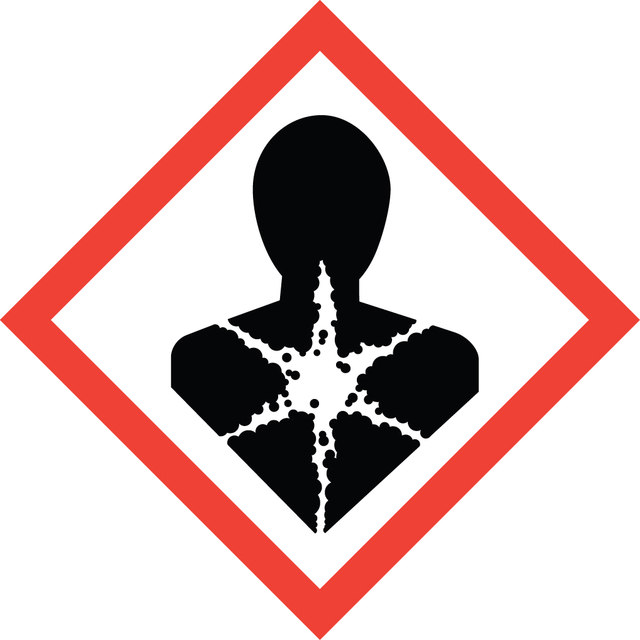About This Item
Recommended Products
grade
SAJ first grade
vapor density
7 (vs air)
vapor pressure
<0.01 mmHg ( 20 °C)
1 mmHg ( 126 °C)
Assay
≥99.5%
form
liquid
reaction suitability
reagent type: catalyst
core: mercury
availability
available only in Japan
resistivity
95.8 μΩ-cm, 20°C
bp
356.6 °C (lit.)
mp
−38.87 °C (lit.)
storage temp.
15-25°C
SMILES string
[Hg]
InChI
1S/Hg
InChI key
QSHDDOUJBYECFT-UHFFFAOYSA-N
Looking for similar products? Visit Product Comparison Guide
Disclaimer

Signal Word
Danger
Hazard Statements
Precautionary Statements
Hazard Classifications
Acute Tox. 2 Inhalation - Aquatic Acute 1 - Aquatic Chronic 1 - Repr. 1B - STOT RE 1
Storage Class Code
6.1A - Combustible acute toxic Cat. 1 and 2 / very toxic hazardous materials
WGK
WGK 3
Flash Point(F)
Not applicable
Flash Point(C)
Not applicable
Regulatory Information
Choose from one of the most recent versions:
Already Own This Product?
Find documentation for the products that you have recently purchased in the Document Library.
Our team of scientists has experience in all areas of research including Life Science, Material Science, Chemical Synthesis, Chromatography, Analytical and many others.
Contact Technical Service
